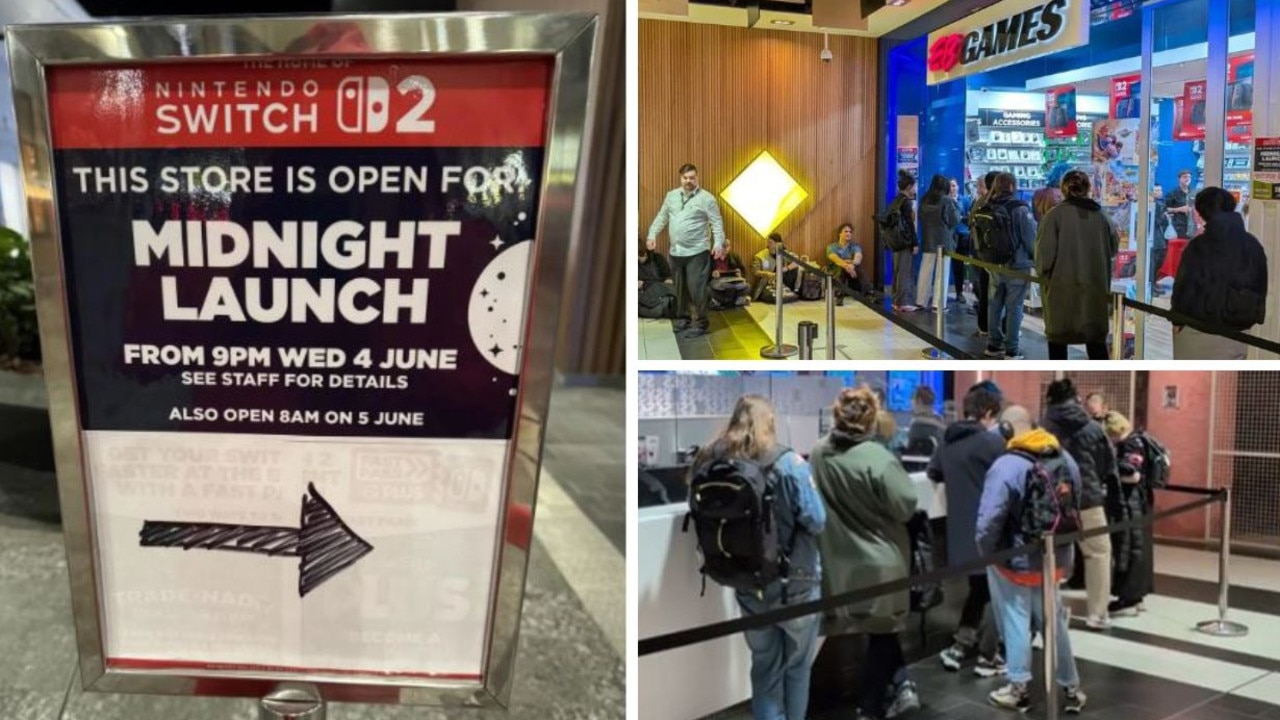The Last of Us Part 1 review – the best way to play one of the best games of all time
The Last of Us Part I isn’t just a better game now because it has nicer textures, smoother animations, and a higher polygon count in this remake.
The Last of Us Part I isn’t just a better game now because it has nicer textures, smoother animations, and a higher polygon count in this remake. Going back to it after playing Part II, what strikes you the most is how interconnected the two games are, and how lines of dialogue that were throwaway during your first playthrough now hit you like a golf club.
In case you somehow missed the original version of the game, which launched in 2013, here’s a recap. The Last of Us is essentially a Western flipped on its head, which explains why the first firearm you get is a revolver. But where cowboy films chart the birth of modern civilisation, this post-apocalyptic tale is all about watching it die.
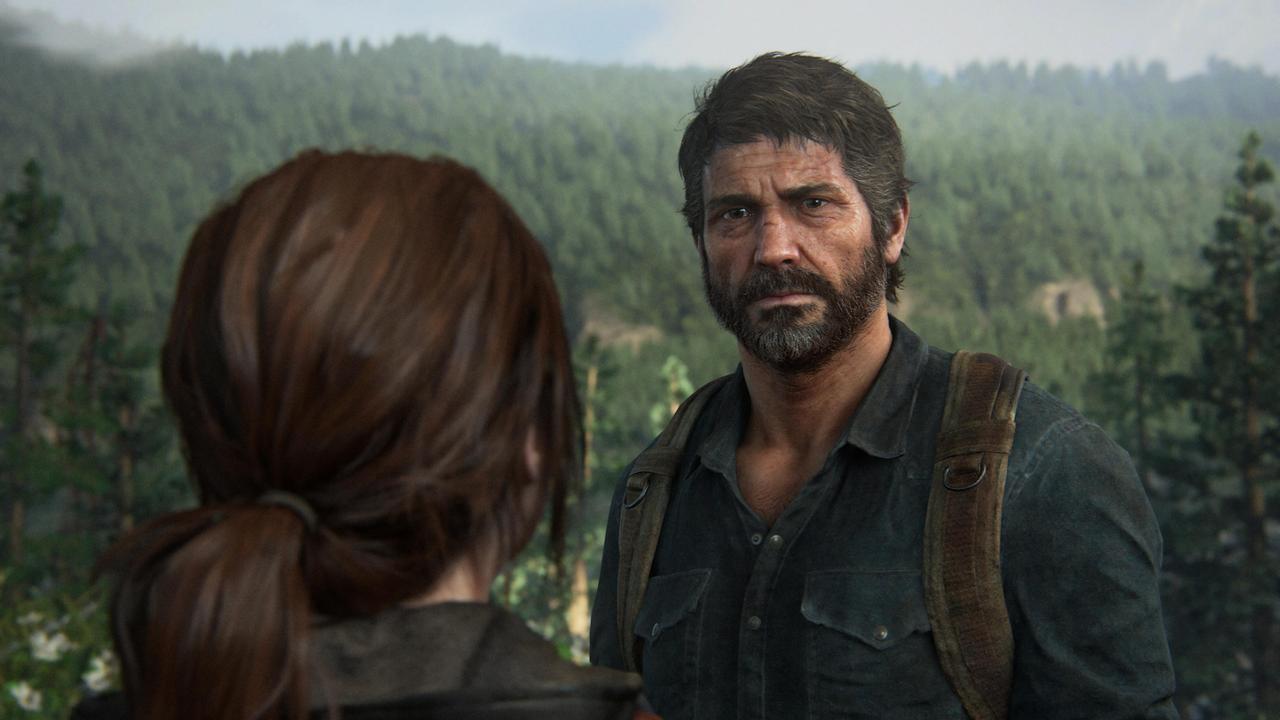
You play as Joel, a smuggler who’s trying to stay alive in a military zone 20 years after a fungal infection turned half the planet into mindless cannibals. In exchange for guns and supplies, he promises a group of rebels called the Fireflies that he will help ferry a young girl called Ellie across the country, from Boston to the West of the Rockies. Along the way, they deal with hordes of infected, as well as other survivors who have splintered off into camps of lawless marauders who ambush unwary travellers. Thankfully, Joel is anything but.
While the game never explicitly tells you what Joel’s been doing for the last 20 years, it’s hinted that he’s not a particularly nice guy. In most blockbuster action games, the act of killing hundreds of people to achieve your objective usually goes against the nature of the character you control. But that’s not the case here. He’s a cold, mean SOB with a talent for killing. You have to be to survive in this world for two decades.
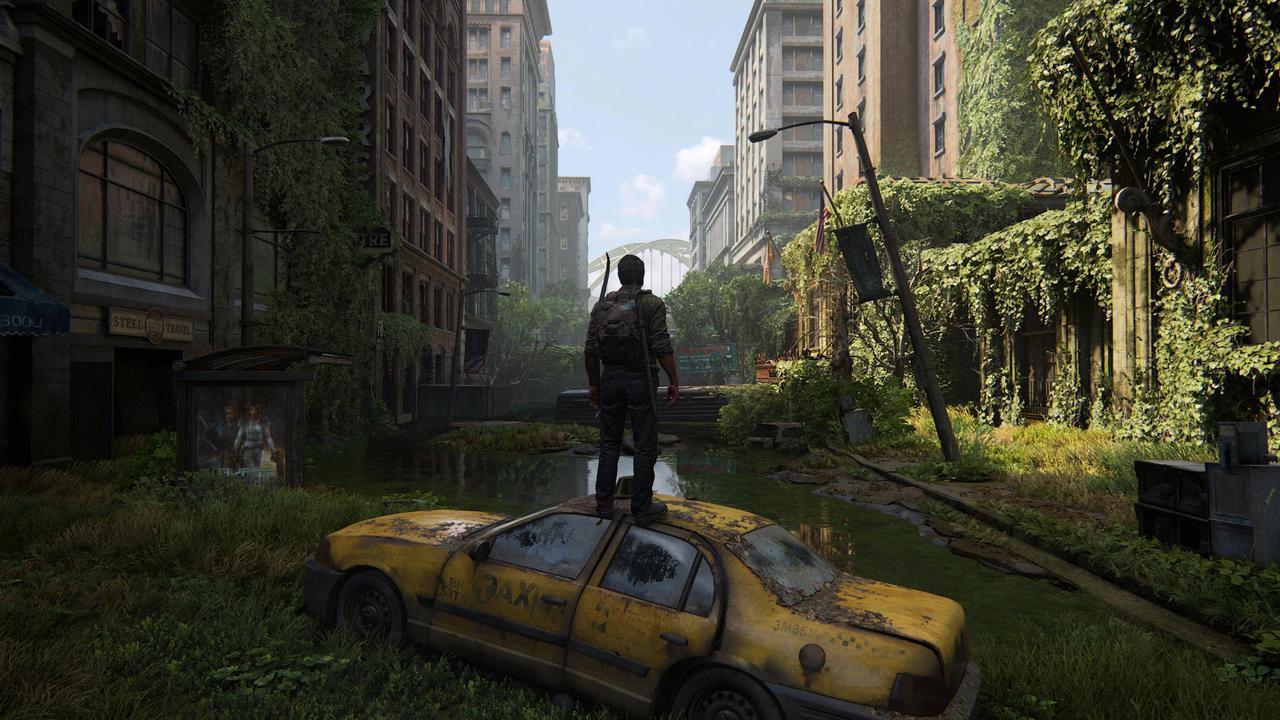
The world didn’t make him this way, though. Even in the opening prologue, which takes place before the outbreak, there are hints that Joel isn’t a particularly patient man. Almost every decision he makes in the game is for selfish reasons, and it’s a testament to the quality of writing at Naughty Dog and a brilliant, understated performance from Troy Baker that he’s even a likeable character at all.
Ellie is the real star of the show. At 14 years old, survival is all she’s ever known, but she still has more capacity for empathy than Joel, who grew up in the civilised world. She acts as his emotional anchor and voice of reason. She saves him more times than he saves her, and in more ways than one. Ellie’s actor, Ashley Johnson, is the game’s heart. There’s no way Johnson could have known the gravitas lines such as, “My biggest fear is ending up alone,” could have had once the sequel came out, but the subtle delivery carries a certain melancholic undertone that’s almost prophetic.
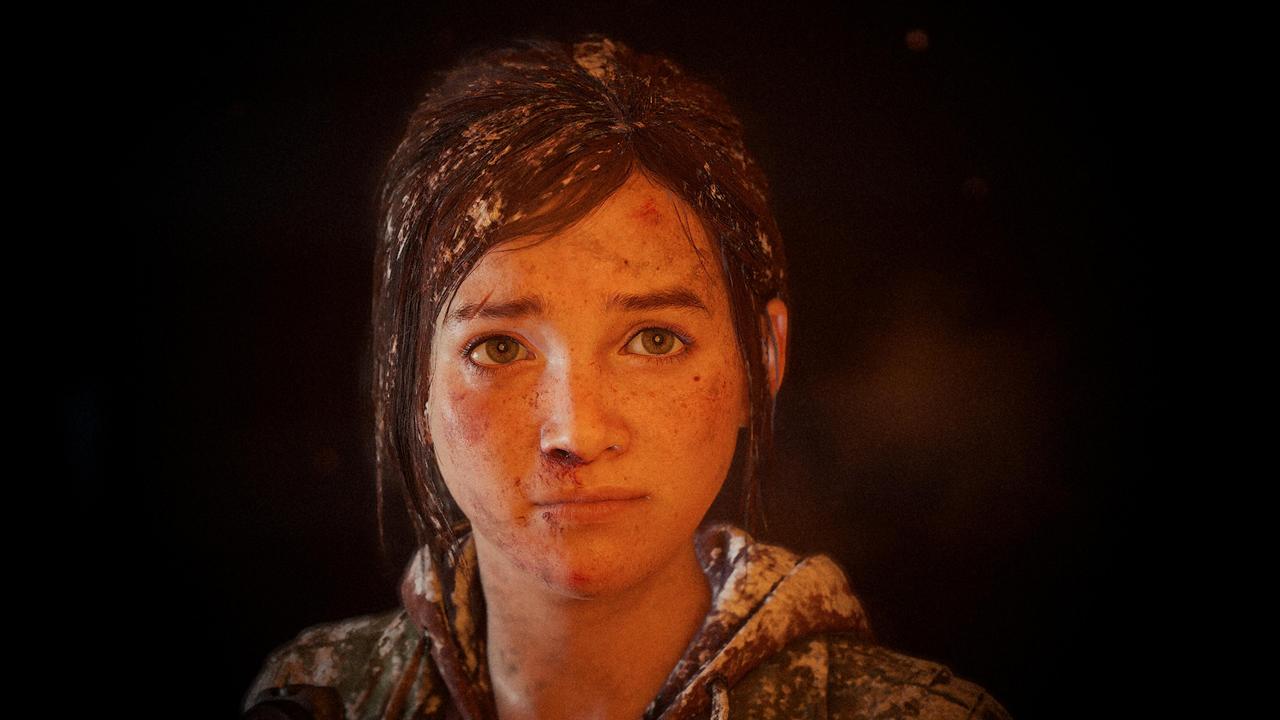
The remake helps these moments land, too. The new character models and animations are night and day compared to the original release, which shouldn’t come as a surprise – it came out two console generations ago, after all! What strikes the most are the characters’ eyes, which are now capable of displaying more of the emotions happening behind the spoken words, which is something the game’s ending almost hinges on entirely. Despite all the naysayers, this is, undoubtedly, the best way to play The Last of Us now. It’s almost sad that it will make the original release redundant, but at least it means more people can experience one of the best-told stories in video games. People who jumped from Xbox to PlayStation with the launch of PS5, those who are waiting for it to launch on PC, and, most importantly, those who need accessibility options to play games can now enjoy Naughty Dog’s masterpiece.
One of the things The Last of Us Part II was celebrated for was its huge list of industry-leading accessibility options. Part I comes with all of those and more. For those who keep asking why this game needed to be remade, this is why. This justifies it on its own.
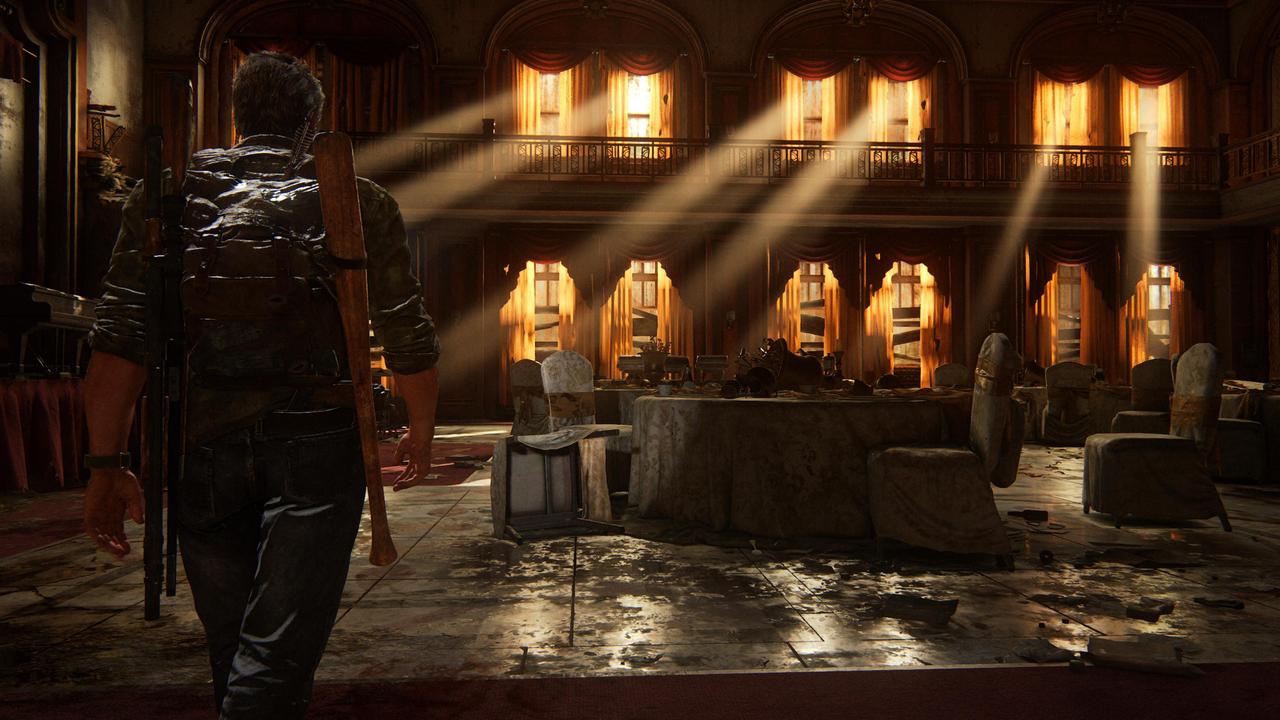
The only mistake Sony made was in setting expectations in marketing. Initially, the company promised revamped visuals, haptic feedback, adaptive triggers, reworked audio, and gameplay improvements. The latter isn’t a lie, but they’re subtle things, like slightly smarter AI that more efficiently flanks you, new workbench animations, and optional safes that now require you to manually input the code, rather than unlocking them automatically once you find a slip of paper. There are also new ways to play, thanks to Speedrunning and Permadeath modes. Level design is exactly the same, puzzles are unchanged, and you can’t go prone and crawl on your belly. It’s The Last of Us exactly as it was, but way, way more pretty, even surpassing The Last of Us Part II in places, particularly in the lighting. It also sounds better, with shots from your long rifle echoing off objects in the environment and bouncing around your headphones.
Essentially, it’s a remake in the same way Demon’s Souls was a remake – a definitive version of a classic game. The core of that game is unchanged, but the improvements elsewhere are so good that there’s no reason to ever revisit the original.
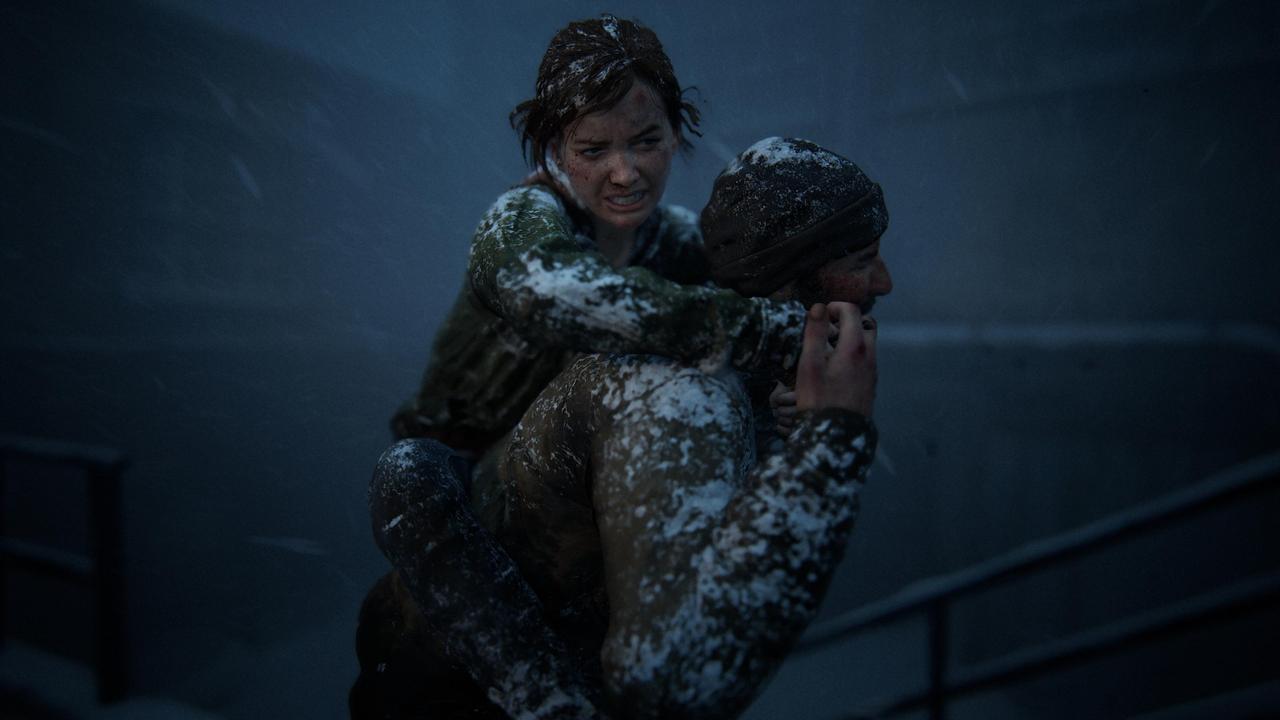
I thought I might struggle going back to the first game after playing Part II, which drastically improved encounter design and level design, but I adored revisiting The Last of Us with this remake. There’s still so much the game gets right, straddling that line between an action game and a survival horror. Where so many post-apocalypse games tack on a crafting system, here it feels integral to the experience, grabbing supplies from every building you enter, pulling out your backpack in the middle of a fight to craft a molotov, or equipping a different weapon because you’ve spent your ammo in one of your guns. When a bullet hits you, it knocks you back. It feels significant. Every single mechanic reinforces the fantasy of you playing as a survivor, scavenging and scraping by, dragging yourself toward the conclusion as the seasons change and you travel further West.
Stealth here is simple by modern standards, but the combat still has a certain timeless weight to it – your aim reticule sways, your shots are limited, and every trigger pull has to be deliberate. You’re constantly thinking about resource management, too. If a heavily mutated clicker closes in on you, it’s certain death unless you have a spare shiv or a melee weapon on you. When enemies are grouped up, do you have an explosive or a molotov you can throw and take out a bunch in one go? Which gun will work best for the situation you’re in? When you’re holding down an area, your supplies are running out, and you’re blocking off chokepoints with traps, it gets close to capturing the magic of what makes Resident Evil 4 one of the best games of all time.
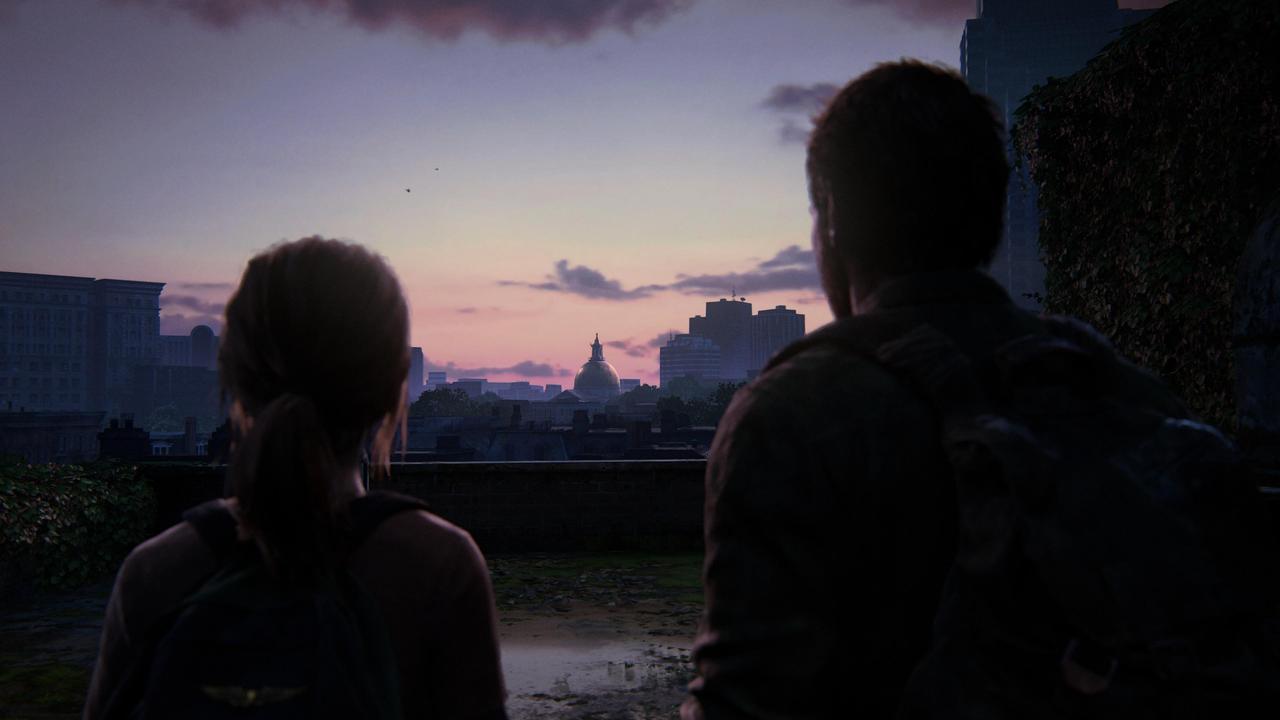
Naughty Dog also did an amazing job of spacing out the set pieces so they’re not overwhelming as they sometimes are in Uncharted. Here, they’re used with restraint, and they’re brilliant. It’s also masterfully paced, giving you plenty of moments of quiet, which makes the action scenes jump out even more. There’s always some new twist, some new crinkle to encounters, whether it’s a tense solo battle with the infected in an abandoned basement, or slowly advancing through a town while under fire from a distant sniper. Whether you’ve played it before or not, The Last of Us Part 1 is the best version of an essential, unforgettable experience.
Score: 5/5
Written by Kirk McKeand on behalf of GLHF.

